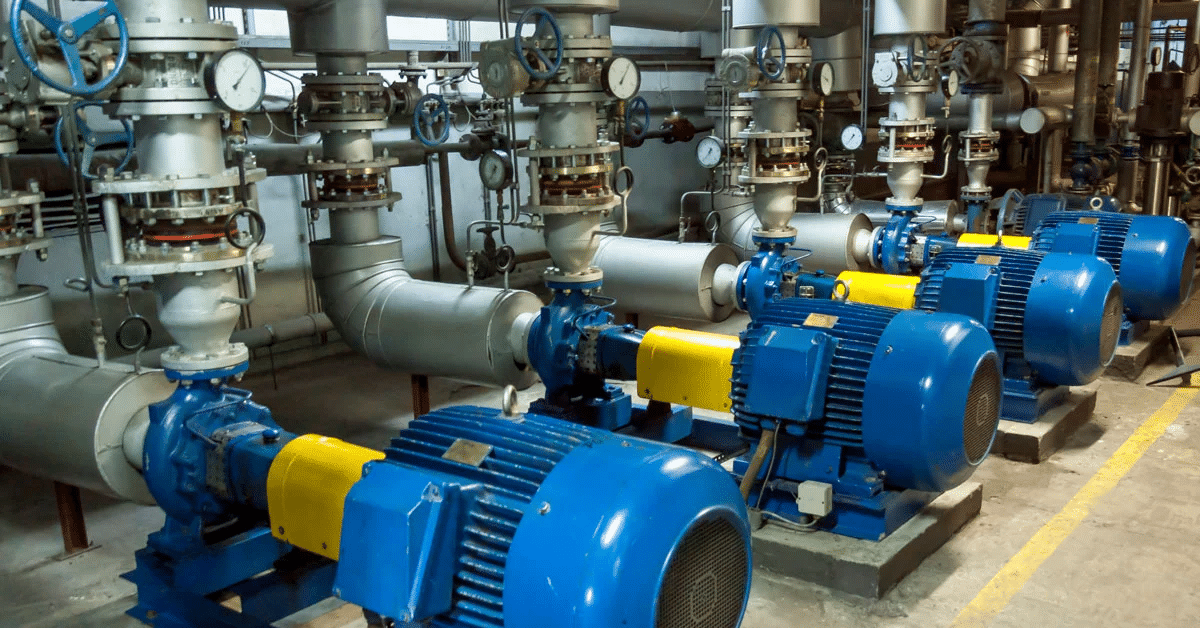

Situation
Many of today’s coffee beverages go through a manufacturing process. Phases could include grinding the coffee beans or extracting pure coffee for an infusion of espresso. They also often include blending coffee with other flavors to create mixed beverages.
In the making of instant coffee, for example, the manufacturer first starts with a roaster to get the flavor of the beans just right. They then move to a grinder to refine those beans into coarse crystals for the next phase of production. After adding fresh water, coffee is placed through an extractor, then an evaporator, and finally a spray dryer. The concentrated coffee is then ready for market.

Problem
The extraction, evaporation, and drying phases have different cycle times. As a result, bottlenecks can occur — particularly at the extraction phase — which can lead to unwanted downtime. The way to ensure this will not be an ongoing problem is through line balancing.
Line balancing plays an important role in increasing efficiency in instant coffee production. By evenly distributing work tasks across production lines, engineers can minimize downtime and reduce the risk of bottlenecks. Line balancing ensures that each line operates at its maximum capacity.
Goals
- Operational experts wanted to prevent bottlenecks from occurring during different phases of the instant coffee production process, and particularly at the extractor phase.
- Additionally, they hoped to reduce batch cycle time, which would lead to further improvements in operational efficiency.
Solution
- Review periods when the storage was almost full and when the extractor was still running.
- Calculate the remaining time until storage is full and the rate of change (or net flowrate) of each tank and create new tags with this calculation.
- Also create new tags to calculate the derivative of the tank level.
- Finally, set up monitors to provide a real-time overview of the storage capacity of the extractor and related assets.
Results
- Using TrendMiner, engineers looked for periods when the extraction process of a batch was finished before the evaporator phase on the previous batch was completed.
- They then created dashboard monitors to get an overview of the production of each line.
- Next, engineers created a new tag that calculated the rate of change of each tank.

- Finally, they created a new tag that calculated the derivative of the tank level and saved the tag as a new dashboard monitor. When tank capacities began to reach their maximum, engineers knew it was time to balance the lines.
Value
Through strategic line balancing, the company was able to achieve a 5.2% increase in instant coffee production.
Situation
Many of today’s coffee beverages go through a manufacturing process. Phases could include grinding the coffee beans or extracting pure coffee for an infusion of espresso. They also often include blending coffee with other flavors to create mixed beverages.
In the making of instant coffee, for example, the manufacturer first starts with a roaster to get the flavor of the beans just right. They then move to a grinder to refine those beans into coarse crystals for the next phase of production. After adding fresh water, coffee is placed through an extractor, then an evaporator, and finally a spray dryer. The concentrated coffee is then ready for market.

Problem
The extraction, evaporation, and drying phases have different cycle times. As a result, bottlenecks can occur — particularly at the extraction phase — which can lead to unwanted downtime. The way to ensure this will not be an ongoing problem is through line balancing.
Line balancing plays an important role in increasing efficiency in instant coffee production. By evenly distributing work tasks across production lines, engineers can minimize downtime and reduce the risk of bottlenecks. Line balancing ensures that each line operates at its maximum capacity.
Goals
- Operational experts wanted to prevent bottlenecks from occurring during different phases of the instant coffee production process, and particularly at the extractor phase.
- Additionally, they hoped to reduce batch cycle time, which would lead to further improvements in operational efficiency.
Solution
- Review periods when the storage was almost full and when the extractor was still running.
- Calculate the remaining time until storage is full and the rate of change (or net flowrate) of each tank and create new tags with this calculation.
- Also create new tags to calculate the derivative of the tank level.
- Finally, set up monitors to provide a real-time overview of the storage capacity of the extractor and related assets.
Results
- Using TrendMiner, engineers looked for periods when the extraction process of a batch was finished before the evaporator phase on the previous batch was completed.
- They then created dashboard monitors to get an overview of the production of each line.
- Next, engineers created a new tag that calculated the rate of change of each tank.

- Finally, they created a new tag that calculated the derivative of the tank level and saved the tag as a new dashboard monitor. When tank capacities began to reach their maximum, engineers knew it was time to balance the lines.
Value
Through strategic line balancing, the company was able to achieve a 5.2% increase in instant coffee production.
Subscribe to our newsletter
Stay up to date with our latest news and updates.
Other Webinars on demand
Explore Our Newest Content to Maximize Your Operational Efficiency
Other Resources
Explore Our Newest Content to Maximize Your Operational Efficiency



.jpg)
.jpg)
.jpg)






